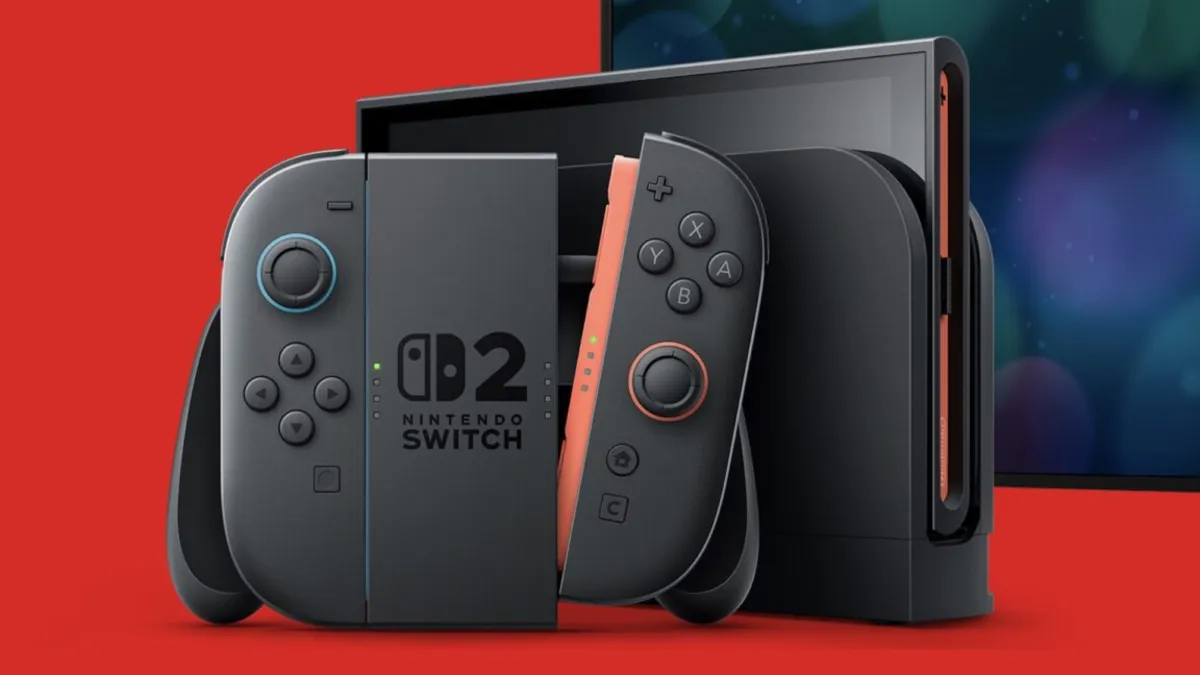
In the aftermath of the highly anticipated Switch 2 reveal, both Nintendo and Nvidia have remained tight-lipped regarding the specific chip that will power this next-generation handheld. As of now, details surrounding the ARM CPU architecture and GPU architecture remain elusive. Gamers and tech enthusiasts alike are left wondering about the expected RAM capacity, memory speed, and the number of graphics cores that the Switch 2 will feature.
Despite the lack of detailed specifications, interviews with Nintendo executives and a blog post from Nvidia have shed some light on the chip's capabilities. The custom Nvidia processor boasts a GPU equipped with dedicated Ray-Tracing Cores and Tensor Cores, promising stunning visuals and advanced AI-driven enhancements. According to Muni Anda, Nvidia's VP of Software Engineering, this means that the Switch 2 will indeed support Nvidia’s Deep Learning Super Sampling (DLSS) technology. This innovative upscaling method allows for a lower-resolution image to be enhanced into a higher-resolution format with minimal performance impact compared to native rendering.
For Switch 2 titles that aim for 4K resolution or 120 FPS at 1080p, DLSS will likely be a critical component in achieving these performance benchmarks. This technology not only enhances visual fidelity but also reduces the computational burden on the hardware, making it a game-changer for developers and players alike.
Another significant feature supported by the new Switch is Nvidia G-Sync, which aims to eliminate screen tearing during gameplay, particularly when frame rates fluctuate. However, it's important to note that G-Sync functionality will be limited to handheld mode and will not be available in docked mode. This limitation could be tied to the capabilities of the Switch dock's HDMI port. The existing Switch hardware, being considerably outdated, struggles to leverage these advanced technologies fully. While some of the latest Switch titles, such as The Legend of Zelda: Tears of the Kingdom, have utilized AMD's FidelityFX Super Resolution for improved performance, the fundamental hardware limitations hinder the ability to deliver optimal results.
Speculation suggests that the Nvidia T239 chip, a scaled-down variant of the Nvidia Orin T234 designed for automotive and industrial applications, may be the driving force behind the Switch 2. In Nvidia's naming conventions, lower numbers indicate a higher-end chip, which positions the T239 as a strong candidate for this handheld device. The T239, or any Switch-specific version of the chip, utilizes Nvidia's Ampere graphics architecture, the same architecture found in the popular GeForce RTX 30-series GPUs released in 2020 and 2021.
While the Ampere architecture does not support DLSS Frame Generation—a feature exclusive to Nvidia's GeForce 40- and 50-series GPUs—it does support all existing DLSS upscaling models and hardware-accelerated ray tracing. This makes the Ampere architecture a viable option for the Switch 2's GPU architecture, setting the stage for a significant upgrade in gaming experiences.
As more information becomes available, the gaming community eagerly awaits further revelations about the Nintendo Switch 2 and its potential to redefine handheld gaming.